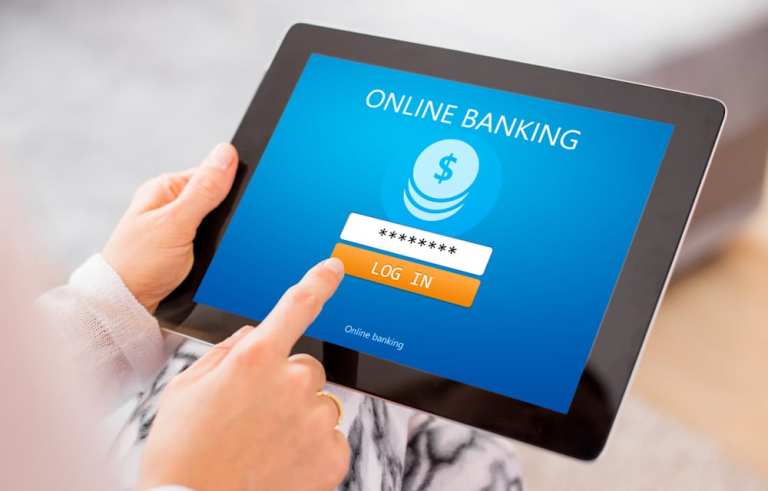
René Descartes said, in so many words, “I think, therefore I am.” Popeye said, in these exact words, “I yam what I yam.” The point is that people (even cartoon people) prefer to define themselves. So it is with the science of authentication, where consumers see happy new horizons of user-defined control among digital and mobile banking apps.
In the March 2020 Entersekt Consumer-Centric Authentication Playbook: The Path To Banking App Adoption, a PYMNTS and Entersekt collaboration, we look at user controls and beyond, as roughly half of consumers are now using mobile banking apps – yet almost a quarter (21.7 percent) of those users don’t like the experience as it’s generally configured. Respondents say they go off-course too easily inside many banking apps – and during important tasks like opening accounts.
That can’t be good news for the security chiefs at financial institutions (FIs), who have their hands full with genuine bad actors, a shifting compliance landscape and a business environment that’s in an indeterminate period of disarray from the COVID-19 pandemic.
The latest Entersekt Consumer-Centric Authentication Playbook, the third in the series, has the subtheme “The Path to Banking App Adoption.” It explores numerous digital and mobile banking projects that are underway worldwide, as whole customer segments (like the prized bridge millennials) demand more – and better – digital banking experiences now.
Digital and Mobile App Banking Drivers
The report dives into what keeps people using digital and mobile banking apps in the first place. “Consumers’ most common banking app activities are also those with which they are most satisfied, which suggests that improving app functions that leave them dissatisfied could promote greater usage overall,” the report states. “Our survey shows that 92.4 percent of banking app users who utilize them to check their account balances are satisfied with doing so, while 85.1 percent of those who deposit checks and 81.5 percent of those who pay bills via apps say the same. These values are comparatively much higher than the 68.9 percent satisfaction rate among app users who use them to open accounts.”
An important takeaway here for FIs is that when deciding where to invest upgrade dollars, they should look at adding new and seamless functionality to apps rather than tinkering with functions customers are already satisfied with.
Bridge millennials, the older and higher-earning millennial cohort, are a major focus of the report, as this demographic group is largely driving interest in digital and mobile banking at the moment – especially for more advanced functions like finer transaction controls.
Another key takeaway: “Our research shows that 55.8 percent of banking app users are women, compared to the 44.2 percent who are men,” the report states, adding that “…94.1 percent of female users who check account balances and 87.6 percent who deposit checks via app are ‘very’ or ‘extremely’ satisfied with their overall experiences.”
Authentication is Personalization
Again, the preceding is great news (and a big shot of validation) for the core functions of app banking that have been perfected for years. But customer experience (CX) 2.0 is the undiscovered country of digital and mobile app banking as consumers demand experiences they can’t always define. When consumers dislike something, they tend to be more vocal.
In the Consumer-Centric Authentication Playbook: The Path to Banking App Adoption, the data clearly point to what consumers want in digital banking, as well as their expectations of FIs.
“Our research has consistently demonstrated that consumers not only would feel safer, but also that they would use their apps more often if they had more control over their authentication systems,” the report states. “PYMNTS finds that 28.3 percent of consumers who use banking apps say they would use them more often if they had transaction-specific authentication controls, and 27.7 percent say they would use them more often if they had additional authentication choices. Having better security in general would entice 14.7 percent of app users to use their apps more often.”